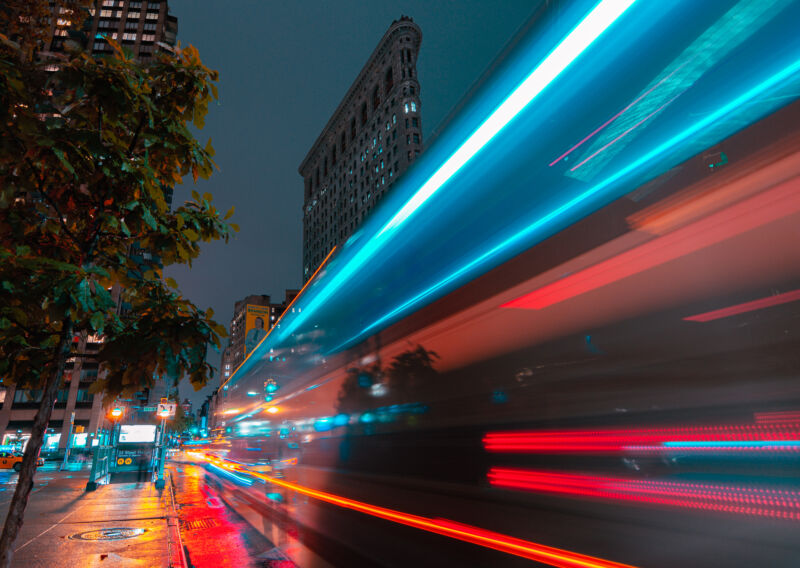Light pollution is disrupting the seasonal rhythms of plants and trees

Enlarge (credit: Noam Cohen/EyeEm/Getty)
City lights that blaze all night are profoundly disrupting urban plants' phenology-shifting when their buds open in the spring and when their leaves change colors and drop in the fall. New research I co-authored shows how nighttime lights are lengthening the growing season in cities, which can affect everything from allergies to local economies.
In our study, my colleagues and I analyzed trees and shrubs at about 3,000 sites in US cities to see how they responded under different lighting conditions over a five-year period. Plants use the natural day-night cycle as a signal of seasonal change along with temperature.
We found that artificial light alone advanced the date that leaf buds broke in the spring by an average of about nine days compared to sites without nighttime lights. The timing of the fall color change in leaves was more complex, but the leaf change was still delayed on average by nearly six days across the lower 48 states. In general, we found that the more intense the light was, the greater the difference.
Read 12 remaining paragraphs | Comments